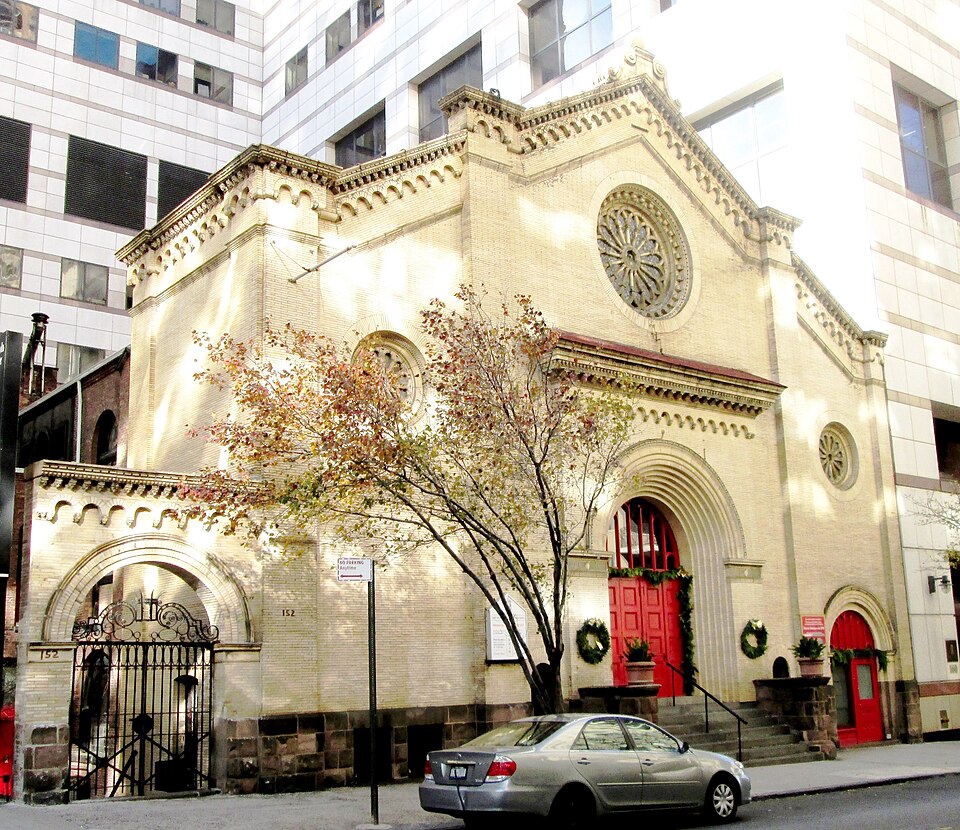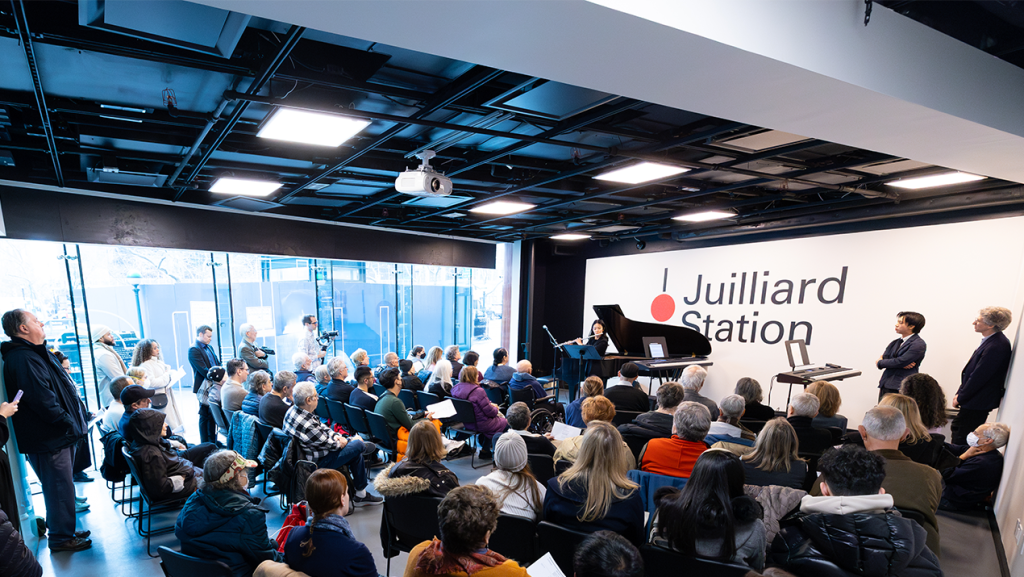Hyunah Yu soprano
Fei Fei piano
Hina Khuong-Huu violins
Fiona Khuong-Huu violin
Vadim Lando clarinet
Louis SPOHR Duo Op. 3 No. 3 ▪ 1802–1803
~ congenial, lively Classical dialogue between 2 violins, with moments of technical brilliance—lyrical and refined
The set of 3 violin duets was composed during a trip to Russia with Franz Eck, his violin teacher, and the duets were among the earliest pieces he published—in 1805. In 1799, Duke Karl Wilhelm Ferdinand of Brunswick had given Spohr a position in his court orchestra. The Duke also paid for him to accompany Eck as a pupil on a tour to St. Petersburg in 1802–1803 to complete his training as a violinist. In 1804 Spohr made his first independent concert tour of Germany, gaining a reputation as one of the country’s leading violinists, and in 1805 he was invited to lead the court orchestra in Gotha.
Spohr (1784–1859) was a dominant force in German music and was as famous as Mozart and Beethoven. Sometimes called “The Forgotten Master,” he is considered the greatest classical violinist of his time, and one of the most admired and respected composers in his day. He served in a number of court positions, he was the celebrated leading violin virtuoso, he was one of the most sought-after and prolific composers of the first half of the 19th century, and is considered a forerunner of early Romanticism. He also was an ideas man—he invented the chin rest, introduced the use of the baton and rehearsal numbers, developed the double quartet after Andreas Romberg first proposed the idea, revived the music of Bach and Handel, and he was the author of an influential violin method, as well as a wonderful autobiography that included details his many travels throughout Europe. In addition to his musical activities, he was a family man who enjoyed a happy social life and varied pursuits like swimming, ice-skating, hiking, gardening, and painting.
SCHUBERT 3 Lieder ▪ n.d.
~ from a selection of 6 songs arranged by Carl Baermann for clarinet and piano
Baermann’s arrangements are notable for their fidelity to the original vocal lines and their exploration of the expressive possibilities of the clarinet. They appeared as Op. 88 in Baermann’s Collected Works.
IV “Lob der Thränen” (In praise of tears) D.711 was Schubert’s setting of August Schlegel’s eulogy to the power of tears to bring renewal and redemption (1818–1821).
V “Gretchen am Spinnrade” (Gretchen at the spinning wheel) D.118 is based on a text from Goethe’s Faust, depicting Gretchen’s emotions as she longs for Faust while spinning at her wheel (1814).
II “Wohin” is the second song from the cycle Die schöne Müllerin D. 795, which tells of a young miller who falls in love with the miller’s daughter. The cycle follows his story of unrequited love and tragic fate.
Schumann was a great admirer of Schubert’s music and played a crucial role in promoting Schubert’s music.
Carl Baermann (1810–1885) was the son of the famous clarinet virtuoso Heinrich Baermann, for whom Weber composed his clarinet works. As a child he was taught the clarinet and the basset horn by his father. He played occasionally in the Munich court orchestra when he was 14 years old, and was appointed its second clarinetist in 1832. When his father retired in 1834, Carl succeeded him as principal clarinetist, holding that position until he retired in 1880. During a tour in Europe in 1833, he and his father premiered their friend Mendelssohn’s Concert Pieces Opp. 113 and 114 to great acclaim. The Pieces were composed in exchange for a culinary treat of sweet dumplings and cheese strudel. Apart from their musical prowess, the Baermanns were renowned for their cooking. Even the royal house of Saxony craved their dumpling specialty made from flour, yeast, sugar, butter, and eggs and cooked in a wine sauce. Carl also shaped clarinet history through his pedagogical writings, editorial articles, and compositions that were popular with clarinet virtuosos; and for his mechanical design of the clarinet—the Baermann-Ottensteiner key system, which he developed based on the widely-used Müller system in the late 19th century.
Photo credit: Wikimedia Commons


